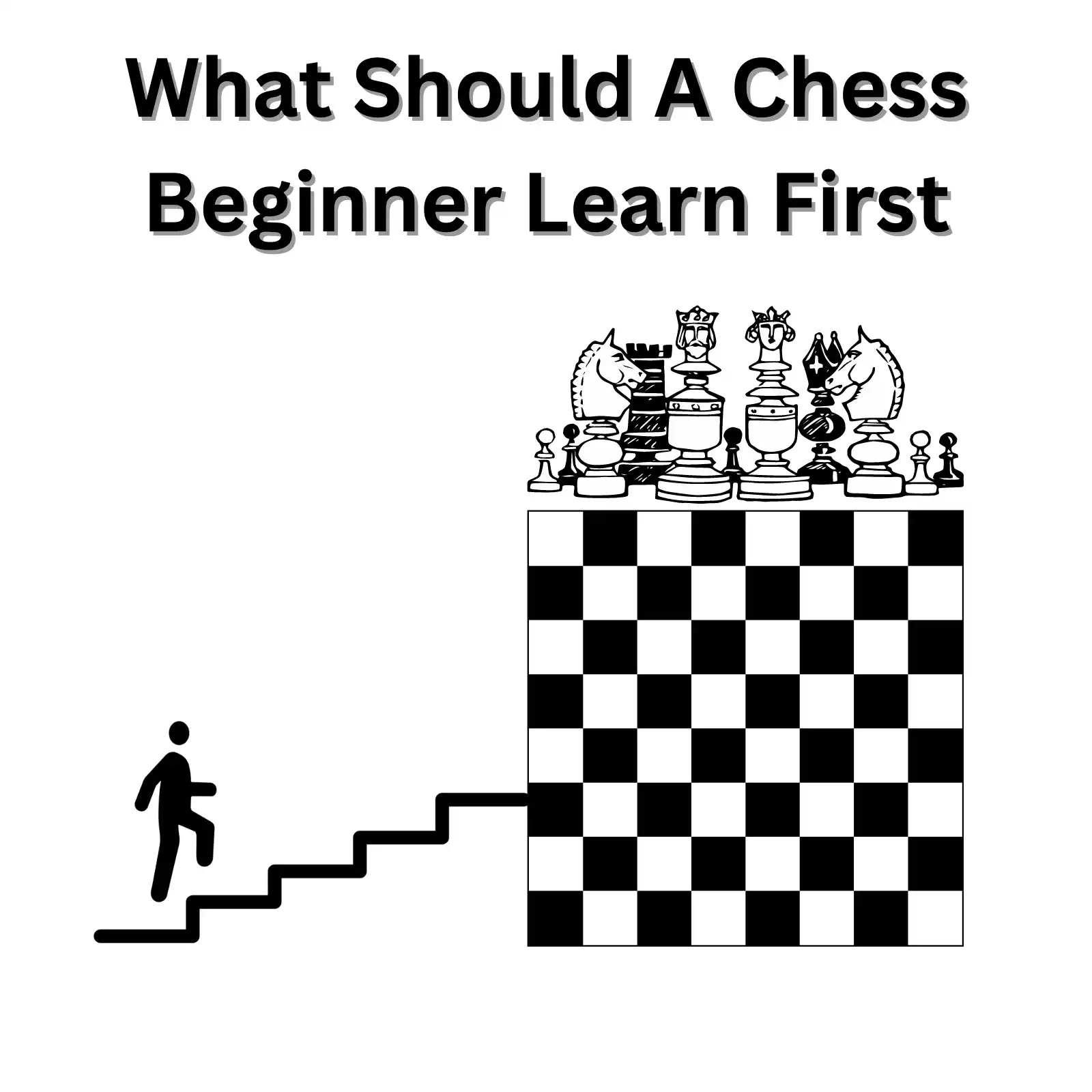
What Should A Chess Beginner Learn First
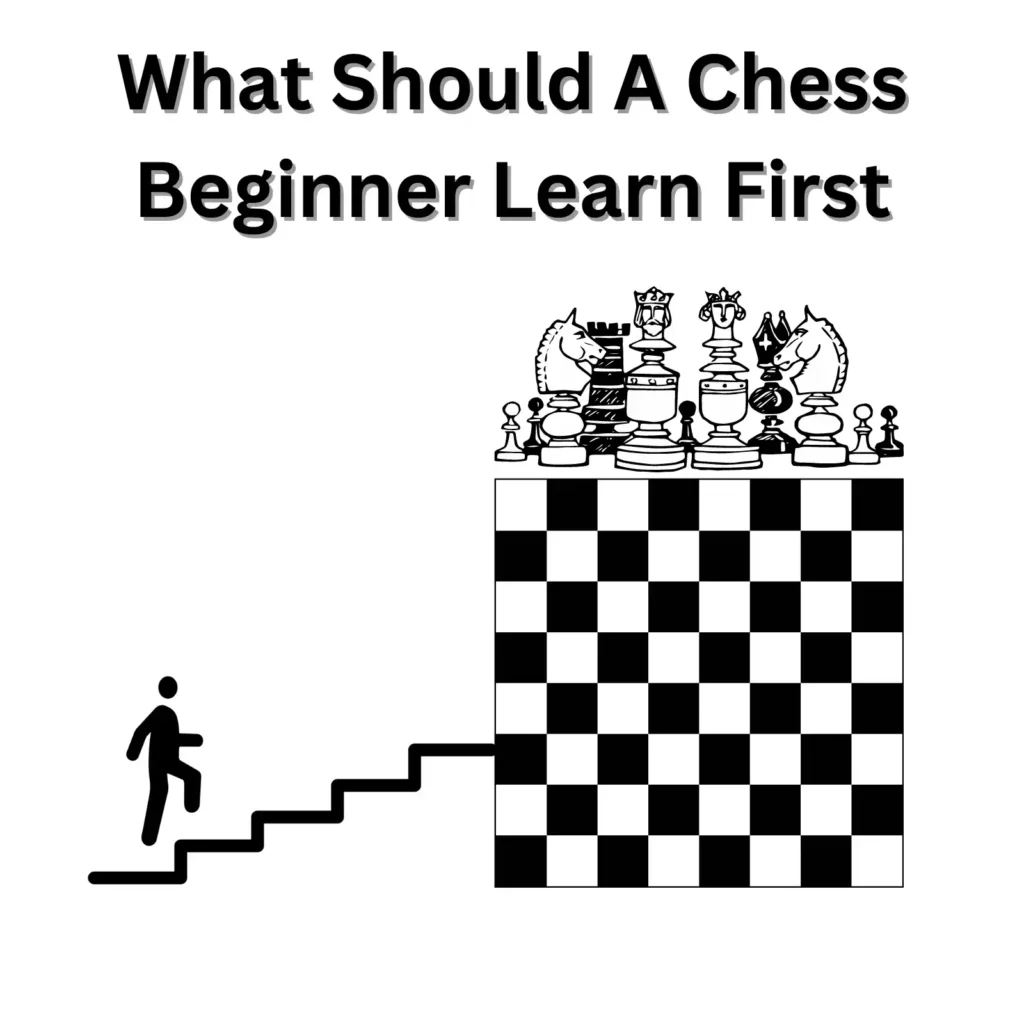
What Should A Chess Beginner Learn First
My history with chess has been a roller coaster ride, let me explain. As with everyone else when I started playing the game I felt kind of lost. Then I went through the honeymoon period where I thought chess is easy when I found out the rules of moving items across the board and felt invincible. After that I started playing with some experienced chess player friends and at a club we had and I got a few slaps and lost a significant amount of games fairly quickly. So I started scratching my head thinking this game isn’t for me and I almost gave up.
Not long after this initial back and forth of feeling good then losing then again feeling good I decided to take it a bit more seriously. Naturally my next step was to learn a few openings and try to play them with my experienced friends. For good or bad most of them knew them and most of the games were basically carbon copies of each other for the first moves and usually did not end well for me as the game progressed. At the point in time I realized I need a strategy of learning how to play the game and I came to the realization that I’m still a beginner.
In this article I’m going to talk to you about my journey in chess at the very early stages (will probably write another article on later stages) in the hopes you learn one or two things from me and avoid the embarrassment of thinking you are good and losing. One thing to remember is that chess is like no other game, it does share similarities with a few board games but it’s quite unique in the sense that most games you will play are different. Without wanting to mumble too much about my past let me just dive in to the creeks of it.
Learn The Rules
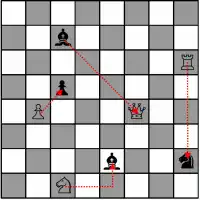
Chess Rules
Yes the first thing you need to do is learn the rules of how the game is played. Please don’t laugh at me for stating the obvious but I can’t tell you how many times I have played with ‘good’ players that did not know what a castling is. If you haven’t heard about it and you are now starting out don’t worry about it, it’s basically one of the chess rules of when and how it’s done that’s a bit more advanced than the other moves. I find even experienced players get confused on this but in order to play at your best potential you need to know how it works. Since this article is not really a how-to learn the rules of chess kind of thing I’d let you look it up here or elsewhere there’s plenty of resources online about it.
Basic Tactics
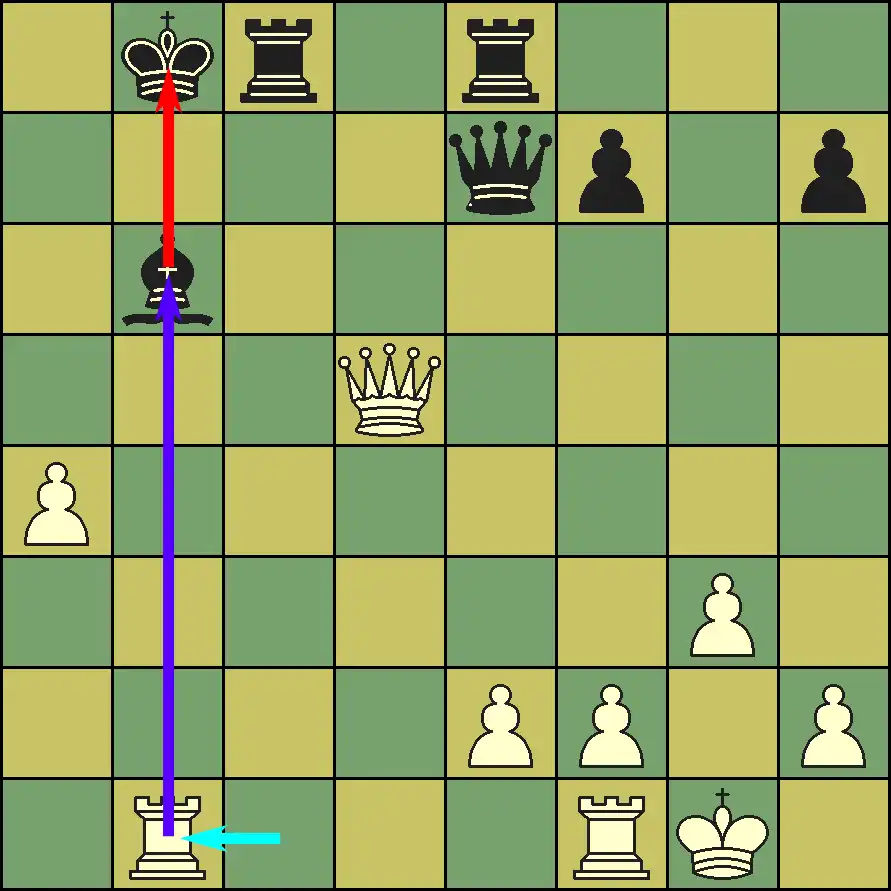
Beginner Chess Tactics To Learn
There’s some basic tactics in chess that are very useful and you can use them sparingly. Below I’m going to list a few that are pretty useful and you should learn to master before playing any semi-competitive games. Do note I recommend you first learn the rules before moving to this segment of chess.
Chess Forks For Beginners
Chess Pins For Beginners
A chess pin is a tactic that involves attacking a piece that is “pinned” against a more valuable piece. A piece is considered pinned when it cannot move without exposing a more valuable piece behind it to capture. When a piece is pinned, it is generally not a good idea to move it, as doing so would allow the opponent to capture the more valuable piece. Pins are a powerful tactical tool because they can restrict the opponent’s options and allow you to gain an advantage. It’s important to be aware of pins in your own position and to try to create them in the opponent’s position.
Chess Skewers For Beginners
A chess skewer is a tactic that involves attacking a piece that is in front of a more valuable piece, forcing the opponent to move the more valuable piece or lose it. A skewer is similar to a pin, but the difference is that a skewer involves attacking a piece that is in front of a more valuable piece, while a pin involves attacking a piece that is behind a more valuable piece. Skewers are a useful tactic to keep in mind because they can allow you to capture valuable pieces and gain an advantage over your opponent. It’s important to be aware of potential skewers in your own position and to try to create them in the opponent’s position.
Learn Basic Strategies
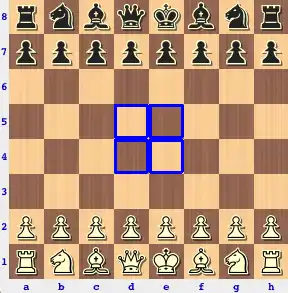
Beginner Chess Control Center Strategy
Now that we covered the rules and basic tactics you can use we can move into something more advanced such as strategies. Essentially strategies are more of a macro play something that you want to accomplish over a set of moves that will basically make your opponent adjust their play to suit your needs. I tend to think of this as manipulation in a slower way by surprising them with your final attack. Offcourse your end goal is to always check mate but if you just play to exchange pieces it won’t go well for you. That’s why having a strategy is vital for you to increase your winning especially as you play with better players.
Control Of The Center
One of my favorite things to do as a strategy is to control the center that refers to the idea that control of the four squares at the center of the board is often crucial for gaining an advantage in the game. Controlling the center allows you to exert more influence over the rest of the board and can give you a stronger position. One way to control the center is to occupy it with your pieces. Just be very careful with this when you are playing with high elo players later in time as they can identify this strategy fairly quickly and essentially setup a trap.
Creating Threats
A personal favorite of mine is to putting pressure on the opponent’s position and forcing them to respond to your threats. Threats can be created through the tactics I mentioned earlier such as forks, pins, and skewers, as well as through more general strategies like occupying key squares and attacking the opponent’s pieces. By constantly creating threats, you can force the opponent to defend and can gain an advantage. No matter what you do, don’t have this as your sole strategy as you will just end up exchanging pieces and this can go either way since a lot of it is based on luck. Always combine this with another strategy such as developing your pieces across the board properly which I’m going to cover below.
Develop Your Pieces
Development of pieces refers to the process of bringing your pieces into the game and getting them into good positions on the board. It’s important to develop your pieces because it allows you to create threats against the opponent’s position and can give you a stronger position overall. Basically aim for the center as we said but also look to do an early castling or even opening up your queen since it can move in many ways.
Have An End Game
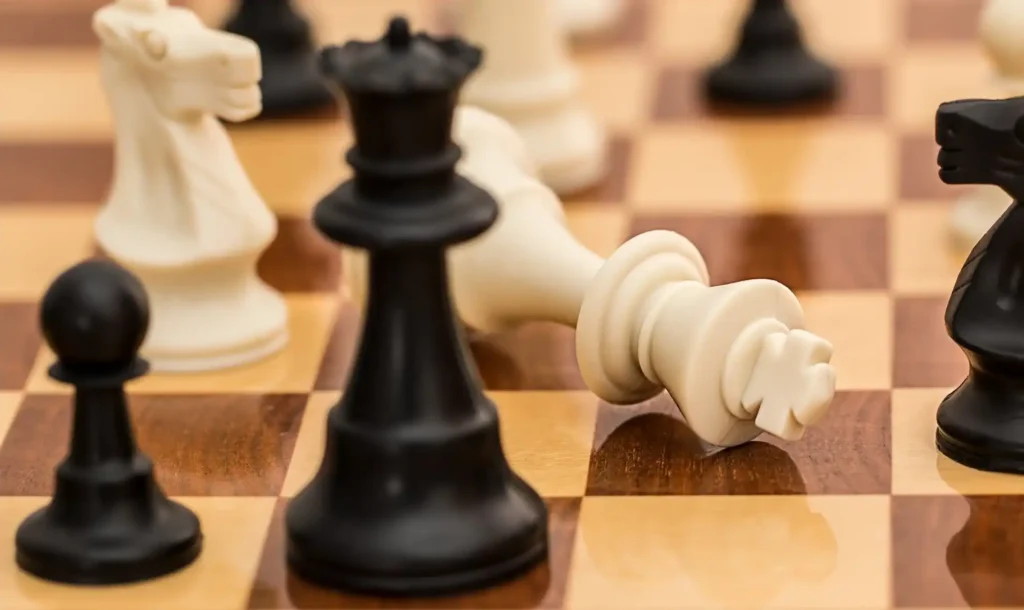
Beginner Chess Check Mate
I left this one of the last as I think it’s very important to learn as a beginner in chess. I kind of touched upon it earlier when I said do not focus on the micro game such as piece exchanges, forks, skewers and pins. You should have an overall strategy but you should also have a closing plan. Meaning that as the game progresses you should always be looking for opportunities using tactics and strategies to close out the game and check-mate.
I think one of the biggest mistakes I made as a beginner when playing chess up to elo 1200 was focus too much on the exchanging and putting pressure on my opponent. In the mean time I lost a lot of games despite having an advantage across the board. Why? It’s because I did not have an end game! For good or bad you can only win in chess if you have a way to check-mate your opponent and no this isn’t going to come only from exchanging pieces.
Since the endgame can be reached either naturally, as the result of a long and gradual exchange of pieces, or artificially, as the result of a specific opening that leads to an endgame position, you should always be focusing on the artificial end which is basically your way of winning. I personally got better at this by gaining experience and watching other players do closings. This is not a skill you can get overnight by reading an opening or closing move. Sure those will help you but will not win you the game especially if the opponent is experienced. My recommendation is to learn this early on as a beginner as it will be something you develop that will pay dividends later in your game chess journey.
Related
References
You may also like
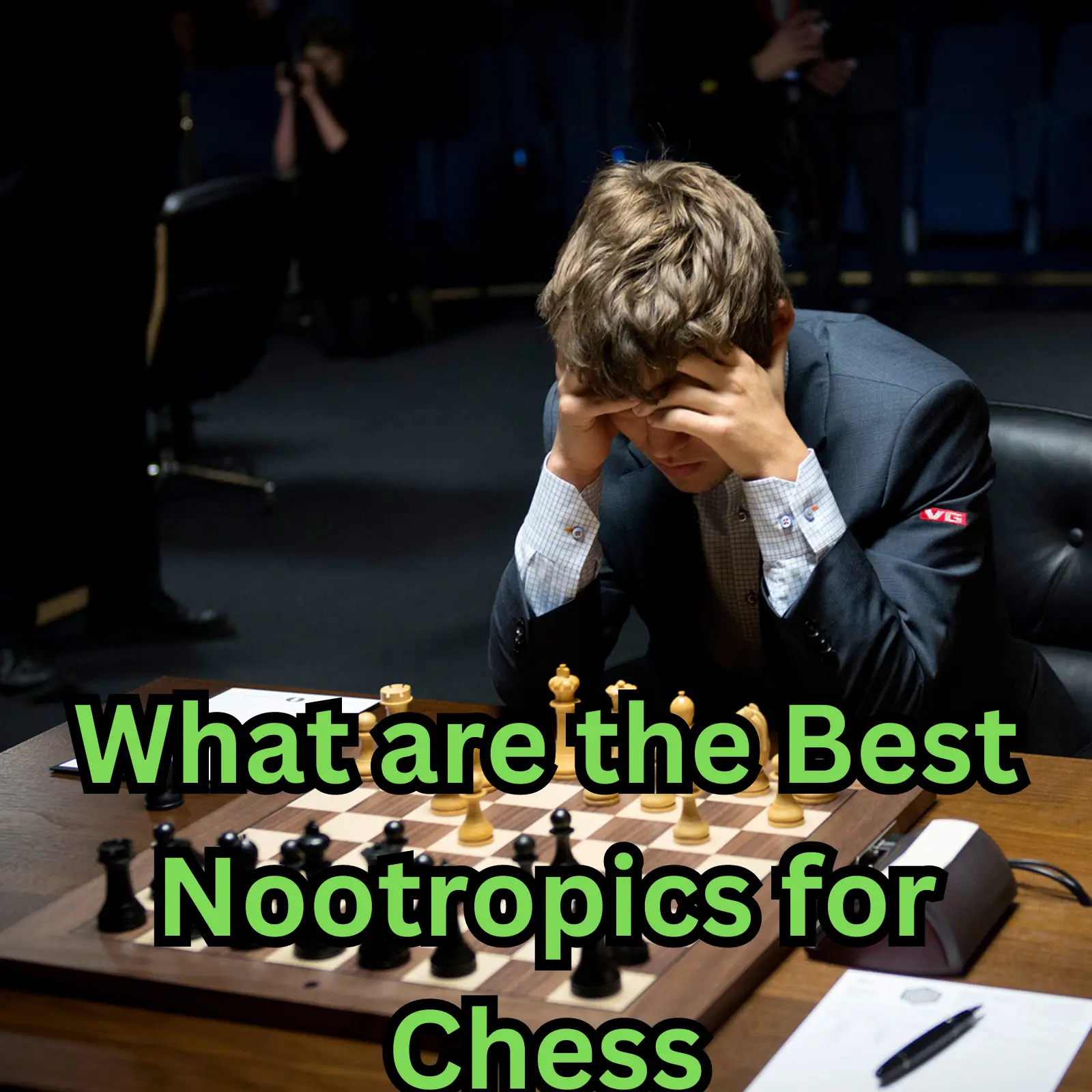
What are the Best Nootropics for Chess
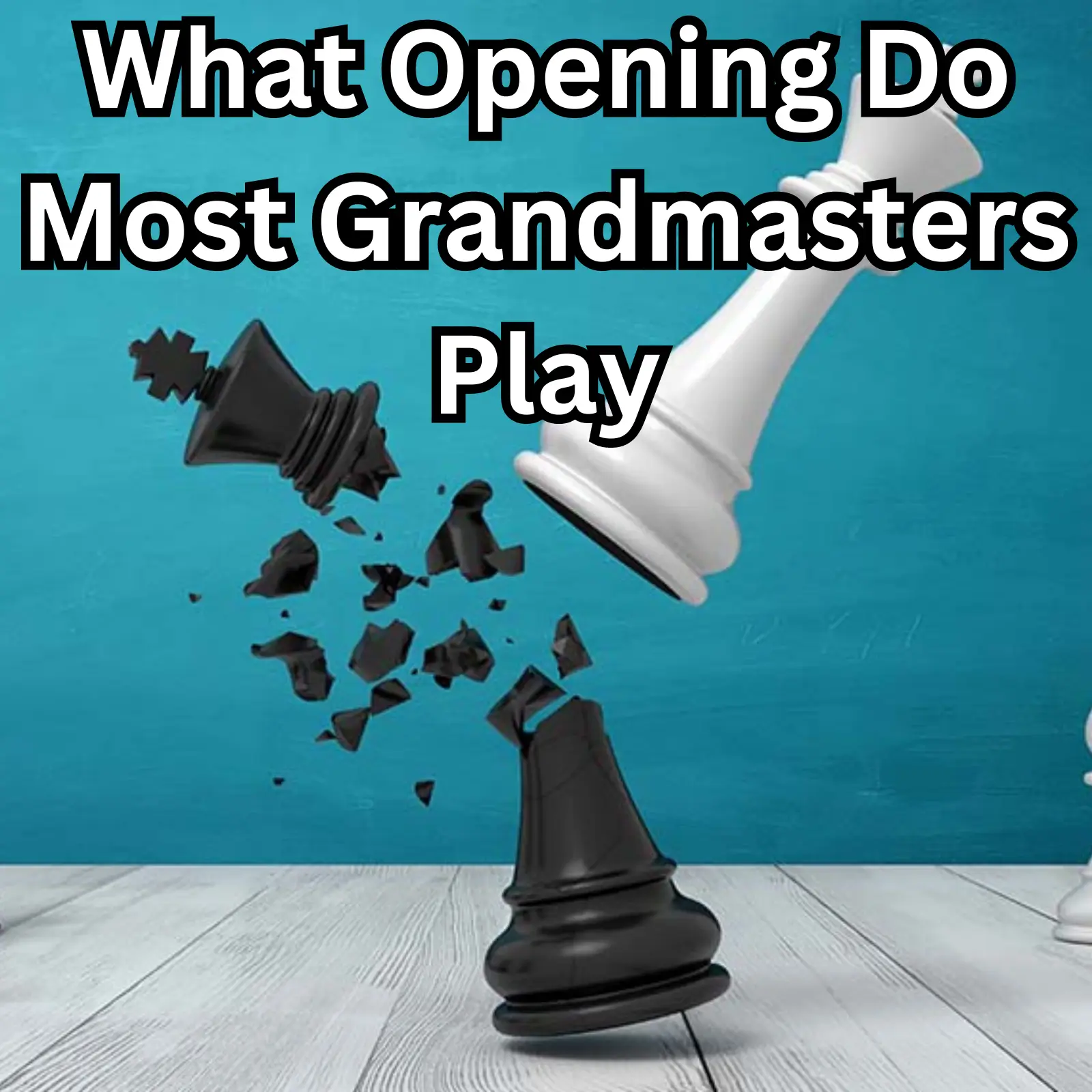
What Opening Do Most Grandmasters Play
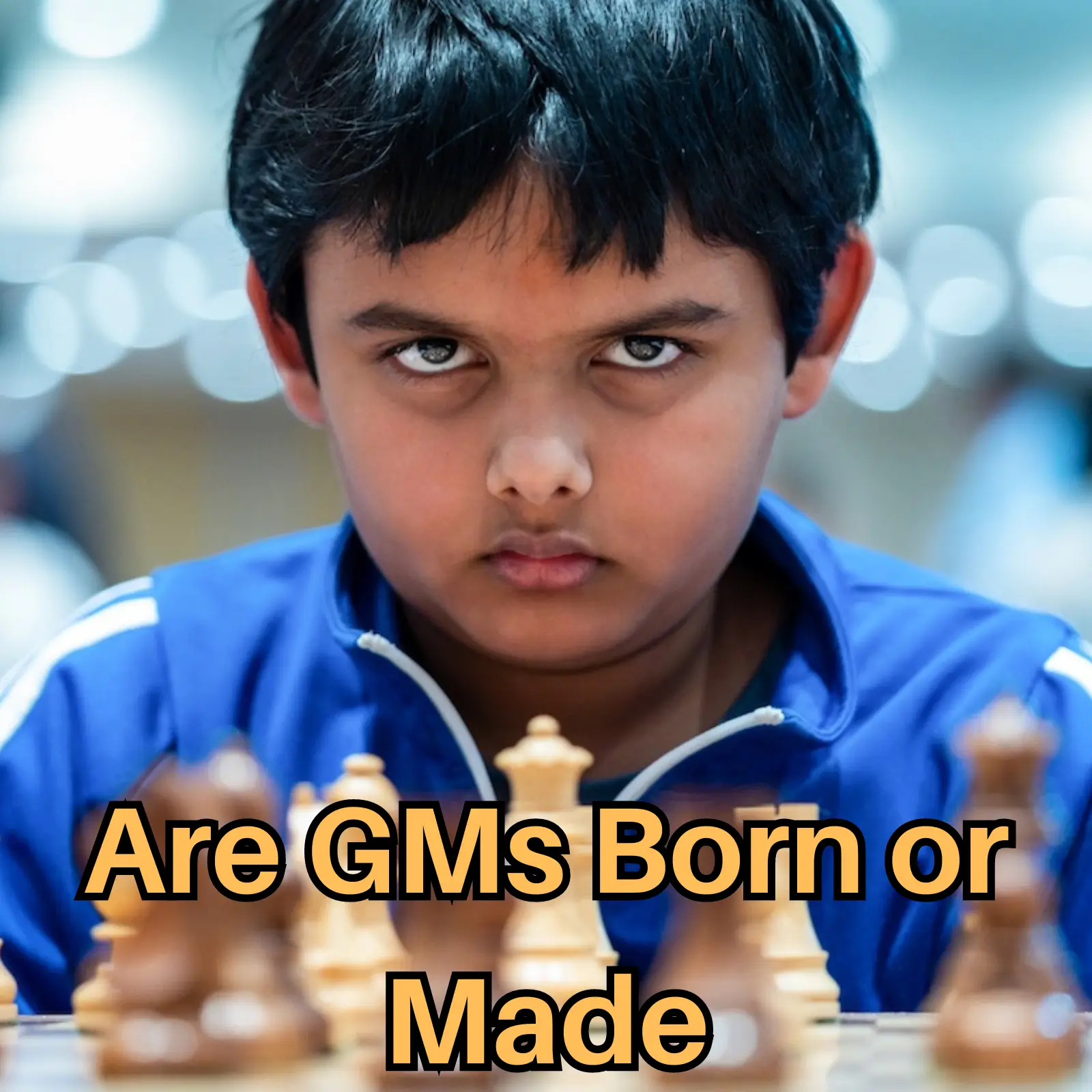
Are Grandmasters Born or Made
Archives
- December 2025
- November 2025
- October 2025
- September 2025
- August 2025
- October 2023
- September 2023
- August 2023
- July 2023
- June 2023
- May 2023
- April 2023
- March 2023
- February 2023
- January 2023
- December 2022
- November 2022
- October 2022
- September 2022
- August 2022
- June 2022
- May 2022
- April 2022
- March 2022
- January 2022
- December 2021
- November 2021
- October 2021
- August 2021
- November 2020
- July 2020
- May 2020
- April 2020
- March 2020
- August 2018
- July 2018
- June 2018
- April 2018
- March 2018
Categories
- Aftercare Procedures
- Age Groups
- AI/ML
- Alternative Medicine
- Animal Health
- Animal Husbandry
- Animals
- Anti-Aging
- Architectural Design
- Auditory Science
- Augmented Reality
- Automation
- Babies
- Baby
- Beauty & Skincare
- Biohacking
- Biomechanics
- Book Reviews
- Breastfeeding
- Budgeting
- Budgeting Strategies
- Business
- Cardiovascular Health
- Career Advice
- Career Development
- Career Growth
- Cats
- Chess
- Chronobeauty
- Circular Economy
- Cleaning Tips
- Cloud Computing
- Cognitive Health
- Cognitive Performance
- Cognitive Science
- Community
- Community Building
- Community Engagement
- Community Living
- Computer Vision
- Consumer Guides
- Consumer Trends
- Container Gardening
- Content Analysis
- Content Non-Technical
- Content Strategy
- Cosmetic Chemistry
- Cultural Events
- Cycling
- Data Analysis
- Data Engineering
- Data Science
- Design Psychology
- Design Trends
- Developer Productivity
- Diet
- Diet
- Digital Identity
- Digital Media
- Digital Wellbeing
- DIY Projects
- Dogs
- Engineering Culture
- Entertainment News
- Environmental Impact
- Environmental Science
- Equity Compensation
- Ethical AI
- Exercise
- Exercise Science
- Exercise Technique
- Exotic Pets
- Fall Gardening
- Family
- Family Health
- Family Life
- Fashion Business
- Fashion Industry
- Fashion News
- Fashion Tech
- Financial Analysis
- Financial Optimization
- Financial Planning
- Flooring Maintenance
- Food
- Food Psychology
- Food Safety
- Food Tech
- Functional Fitness
- Functional Training
- Future Of Work
- Garden Care
- Garden Maintenance
- Gardening Tips
- Gig Economy
- Greece
- Greek
- Greek Food
- Green Technology
- Gymnastics
- Hardware Engineering
- Health
- Health And Wellness
- Health Informatics
- Health Science
- Health Tech
- Healthcare Management
- Healthy Eating
- Healthy Recipes
- Holistic Health
- Holistic Wellness
- Home & Living
- Home Decor
- Home Financing
- Home Health
- Home Improvement
- Home Organization
- Home Styling
- Horticulture
- Identity Management
- Industrial Design
- Industry Analysis
- Infant Nutrition
- Infrastructure Management
- Ingredient Deep Dive
- Integrative Health
- Integrative Medicine
- Interior Design
- Internet of Things
- Internet of Things (IoT)
- Invalid Request
- Investment Strategies
- Investment Strategy
- IoT
- Kids
- Leadership Development
- Learning Strategies
- Lifestyle
- Lifestyle Brands
- Lifestyle News
- Lifestyle Optimization
- Literary Criticism
- Literature
- Logistics Management
- Material Science
- Materials Science
- Meal Planning
- Media Analysis
- Meditation
- Mental Health
- Mental Performance
- Mental Wellness
- Miami
- Miami Food
- Mind And Body
- Minimalism
- Mobile Development
- Neuroscience
- No Applicable Categories
- Nutrition
- Nutrition News
- Operating Systems
- Operational Resilience
- Opinion
- Organization Tips
- Outdoor Living
- Over 40
- Over 50
- Over 60
- Parenting
- Parenting
- Parenting Strategies
- Performance
- Personal Development
- Personal Finance
- Personal Growth
- Personal Productivity
- Pet Care
- Pet Safety
- Philosophy
- Politics
- Productivity
- Protein
- Psychology
- Psychology of Space
- Reading Culture
- Real Estate Investment
- Recipes
- Regulatory Compliance
- Remote Work
- Renovation Planning
- Resource Management
- Respiratory Health
- Responsible Pet Ownership
- Retail Strategy
- Robotics
- Science
- Seafood
- Seasonal Gardening
- Security
- Sedentary Health
- Self-Care
- Skincare Science
- Skincare Trends
- Sleep
- Sleep Health
- Smoothies
- Social Impact
- Soft Skills
- Soil Health
- Spatial Computing
- Spatial Design
- Stress Management
- Supplements
- Sustainability
- Sustainability Science
- Sustainable Engineering
- Sustainable Fashion
- Systems Engineering
- Tax Optimization
- Tax Strategy
- Tech Investment
- Travel
- Travel News
- Travel Safety
- Travel Tips
- Trend Analysis
- Uncategorized
- Urban Planning
- User Experience
- Veggie
- Virtual Events
- Volunteering
- Wealth Management
- Wearable Technology
- Wellness
- Wellness Technology
- Work-Life Balance
- Workplace Culture
- World
- Writing
- Writing Skills
- Yoga News
- Zero Waste

Leave a Reply